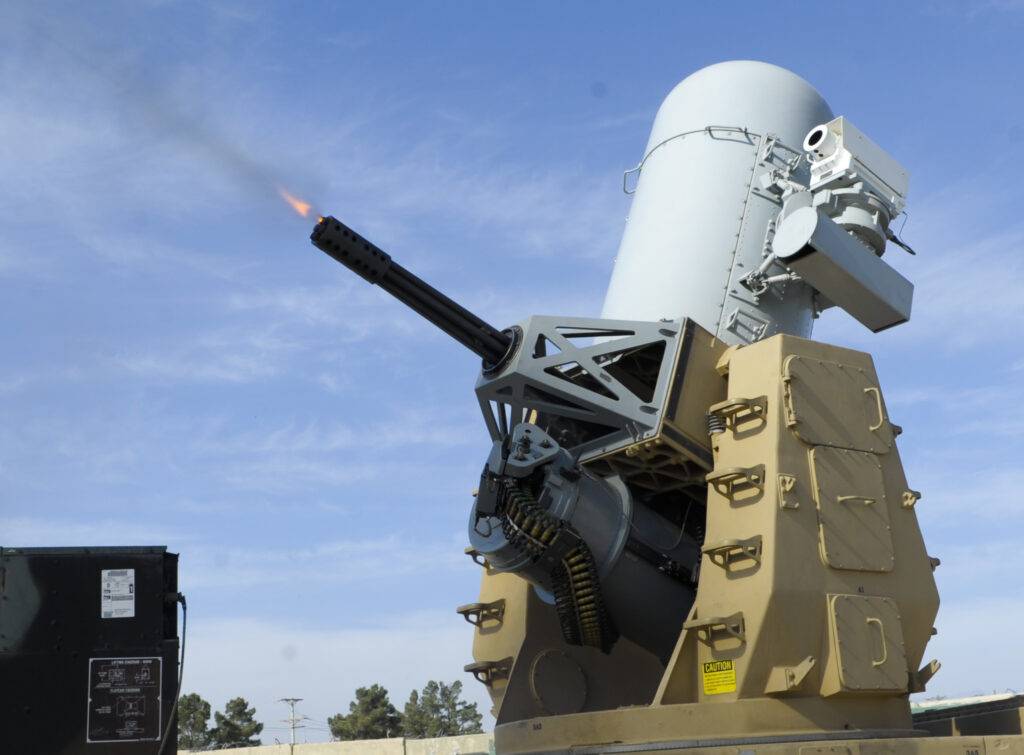The war in Ukraine has highlighted the critical importance of extending the artillery range. The ability to shoot farther than your enemy and stay out of reach of their counter-battery fire is essential. Numerous global development programs aim to extend the range of artillery munitions, focusing on ramjet propulsion, hypervelocity projectiles, and gliding shells.
There are various methods to increase the range of artillery. Rocket assistance and minimizing base drag are considered classic techniques. Refining the aerodynamic shape of artillery shells by increasing their length-to-diameter ratio also boosts range.
Rocket assistance involves extending the range using a rocket motor. Rocket-assisted artillery shells were first developed during World War II.
Base drag occurs when a projectile travels through the atmosphere, creating a low-pressure area at the base and causing additional speed loss. Base drag can account for approximately 50 percent of total drag, varying with the flight regime. Base drag can be minimized through boat tailing, creating a cavity at the projectile’s end, or using a base bleed unit. A base bleed unit is a gas generator that fills the aft part of the projectile with combustion products, increasing pressure and reducing the pressure differential.
Classic methods can be combined for optimal results. Very long-range artillery shells often utilize both rocket assistance and base bleed with low drag shaping.
Ramjet Propulsion

Several ramjet propulsion artillery shell programs are active worldwide. Boeing-Nammo and Raytheon-TNO are developing ramjet propulsion for the U.S. Army’s XM1155 ERAP (Extended Range Artillery Projectile) program. “First tests have been completed, and the shell has flown under its power. Serial production is expected by the end of this decade,” explained Raimo Helasmäki, CEO of Nammo Lapua Oy.
A ramjet is a ducted engine that compresses air at the inlet and delivers it to the combustion chamber at subsonic speeds, requiring no moving components like turbojets or turbofans. Ramjets need a minimum speed to provide enough ram air for self-sustaining operation, which necessitates high muzzle velocity from an artillery weapon. “Higher muzzle velocity from a 52-calibre weapon helps as we are closer to the required speed,” stated Helasmäki.

Ramjet propulsion can enable shooting beyond one hundred kilometers, keeping friendly artillery outside enemy counter-battery fire. “The range goal is still 150 kilometers,” clarified Helasmäki.
However, ramjet-powered artillery rounds are more expensive and have smaller warheads due to the space taken up by the ramjet engine. This is compensated by precision guidance, with deployable canards at the projectile’s tip for maneuvering.
Hypervelocity Projectiles (HVP)
Hypervelocity projectiles, as defined by the U.S. Army, are those that leave the muzzle at over 3500 ft/s (>1067 m/s) for artillery weapons and over 3350 ft/s (>1021 m/s) for tank cannons. Hypervelocity does not necessarily mean hypersonic (>5 Mach) speeds.
BAE Systems is developing a hypervelocity projectile for the U.S. Army’s XM1155 ERAP program, aiming to more than double the range of existing 155mm cannon-launched precision-guided munitions. The goal is to hit targets beyond 110 kilometers.
The BAE Systems projectile features a low drag subcalibre design, resembling a dart with a low opening angle from the tip, reducing drag coefficient and force. Its maneuverability is enhanced by movable fins at the rear of the projectile. This projectile is common across the U.S. Army and U.S. Navy, usable in both 155mm Army artillery and 127mm naval Mk45 guns.
The U.S. Navy plans to use hypervelocity projectiles from its Mk45 naval guns to counter anti-ship missiles, serving as an inexpensive last-ditch weapon against approaching threats.
Gliding Munitions
Gliding artillery shells use deployable aerodynamic surfaces to create lift, with some designs achieving gliding ratios as high as 1:10. Guided to account for wind gusts, these shells can travel significant distances horizontally for every meter of altitude lost.
Raytheon’s M982 Excalibur precision-guided artillery shell features fold-out fins and canards for gliding. However, its aerodynamic surfaces are minimal, affecting its gliding performance.
South Korean manufacturer Poongsan is developing gliding munitions with ranges up to one hundred kilometers, in calibres 127mm (naval) and 155mm (army). These munitions feature large aerodynamic lifting surfaces, resembling glider aircraft more than traditional artillery shells.
Artillery vs. Missiles
There is a practical limit to extending artillery range before missiles become more reasonable. “End-user and engaged target define. An artillery munition is probably always cheaper than a missile, but missiles have a better payload,” says Helasmäki.
Though expensive, ultra-long-range precision artillery munitions are intended for high-value targets like enemy air defense systems, armored vehicles, and artillery weapon systems.

C-RAM
C-RAM systems counter rockets, artillery, and mortar rounds, typically in their terminal phase. Utilizing missiles, kinetic projectiles, or directed energy beams (lasers), these systems often combine methods for optimal effectiveness. Hybrid solutions are advantageous since not all targets justify missile use.
Read More:
- Nammo: The Range Revolution
- Raytheon: Excalibur Projectile
- BAE Systems: Hypervelocity Projectile



